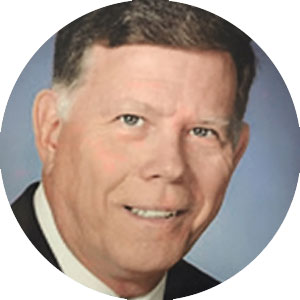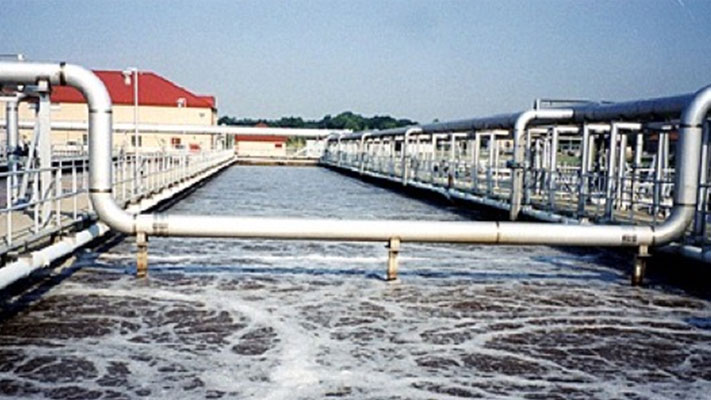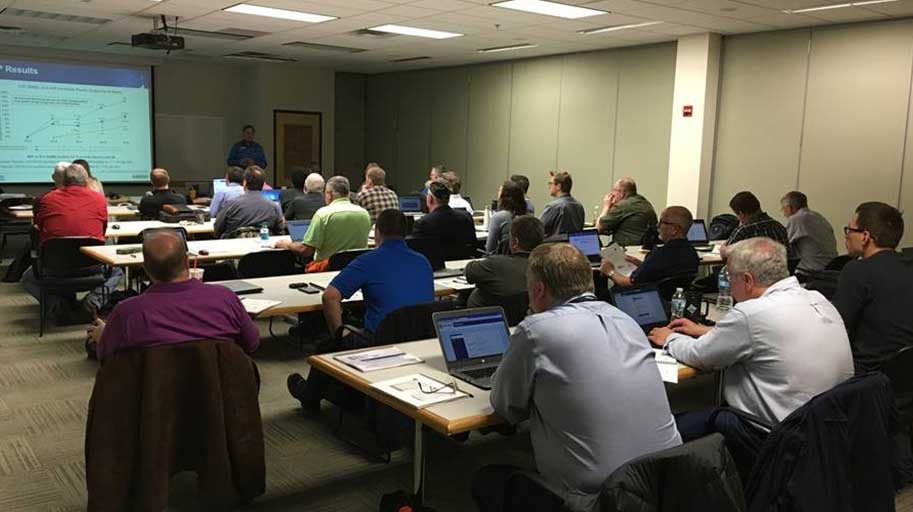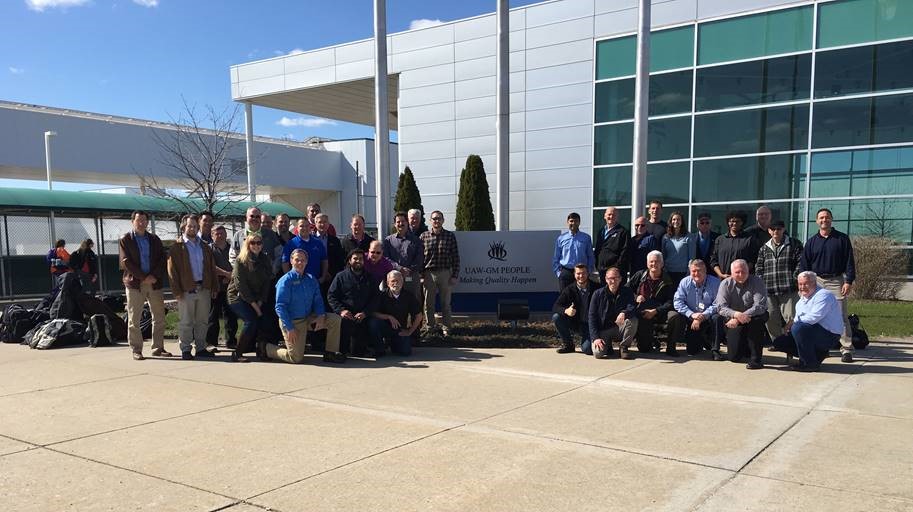The Fundamentals of Wastewater Treatment Processes training enables the viewers to understand the basics of biological wastewater treatment, the activated sludge process, activated sludge process modifications, biological nitrogen removal, aeration equipment performance, energy conservation opportunities, the MEASUR wastewater assessment tool, and procedures to achieve energy and cost savings at municipal wastewater treatment plants (WWTPs) while improving effluent quality.
The Better Plants program provides training on the Fundamentals of Wastewater Treatment Processes and the Bio-Tiger Model incorporated in the MEASUR tool. In the training, Dr. Moore uses online video communication technologies to convey important concepts. A brief description of each training session is provided below.
Training Session #1 – Wastewater Quality: This Session discusses important wastewater parameters such as BOD, COD, TOC, solids, organic compounds, Fats-Oil-Grease (FOG), pesticides, nitrogen, and phosphorus.
Training Session #2 – Introduction to Biological Wastewater Treatment: This Session covers biological treatment objectives, definitions, role of microorganisms, and biological processes.
Training Session #3 – Activated Sludge Microbiology: This Session discusses bacteria, protozoans, metazoans, distribution of microbes in activated sludge, and microbial growth phases.
Training Session #4 – Introduction to Activated Sludge Biokinetics: This Session addresses the basics of activated sludge design, growth and energy reactions, biomass growth relationships, biokinetic constants, soluble BOD removal, and equations for determining important activated sludge design parameters (effluent BOD, aeration tank volume, MLSS concentration, solids production rates, oxygen requirements, and fraction of nitrogen oxidized).
Training Session #5 – Activated Sludge Process Modifications – Part 1: This Session discusses activated sludge process components, high-rate activated sludge, conventional activated sludge, plug-flow activated sludge, tapered aeration activated sludge, step-feed activated sludge, complete-mix activated sludge, and contact stabilization activated sludge.
Training Session #6 – Activated Sludge Process Modifications – Part 2: This Session covers pure oxygen activated sludge and extended aeration activated sludge including oxidation ditches (basic, Orbal, countercurrent aeration system) and sequencing batch reactors.
Training Session #7 – Activated Sludge Process Control: This Session addresses important control parameters such as waste mass, reactor dissolved oxygen (DO) concentration, return mass, point of influent application (step-feed activated sludge), and activated sludge pressures to enhance process performance. It also covers operator challenges, basin capabilities and flow, settling characteristics, filamentous bulking, and process tests (DO, pH, temperature, alkalinity, ORP, turbidity, settleability, MLSS, MLVSS, microscopic evaluation, oxygen uptake rate, and specific oxygen uptake rate).
Training Session #8 – Introduction to Biological Nitrification-Denitrification: This Session discusses biological nitrification, nitrogen removal by assimilation, biochemical reactions involving nitrogen, nitrogenous oxygen demand, biokinetic relationships, the primary factors affecting nitrification rate (ammonia-N concentration, DO, pH, sludge age, temperature, and inhibition/interference by toxic constituents). It also introduces the concept of biological denitrification.
Training Session #9 – Denitrification: This Session covers organisms and their sources of energy/means of respiration, terminal electron acceptors, importance of anoxic zones, primary factors that affect denitrification rate (readily degradable organic substrate, DO, temperature, and pH), biochemical reactions, single-sludge denitrification, and typical reactor configurations to achieve biological nitrogen removal.
Training Session #10 – Aerobic Digestion of Sludge: This Session addresses sludge treatment and disposal options, aerobic sludge stabilization, process fundamentals, aerobic digestion operating conditions, and advantages/disadvantages of aerobic digestion.
Training Session #11 – Aeration Systems: This Session discusses energy use in WWTPs, diffused aeration, mechanical (surface) aeration, major components of aeration systems, procedures to assess aeration performance, and energy conservation measures for aeration systems.
Training Session #12 – Optimize the WWTP, Save Energy, Reduce Nutrient Loads: This Session discusses the use of sludge age to control sludge settleability, effluent quality, MLSS concentration, sludge production, oxygen requirements, and nitrification efficiency. It also addresses procedures to efficiently control the aeration system, to enhance energy savings, and to implement process changes to achieve biological nitrogen removal in various types of activated sludge processes.
Training Session #13 – How to Use Bio-Tiger Model in DOE MEASUR: This Session shows how to go to the DOE MEASUR website, how to download MEASUR on your computer, and how to initiate activated sludge assessment procedures.
Training Session #14 – Using MEASUR to Achieve Energy Savings – Case Study #1: This Session provides a case study of a military base WWTP, guidance for input of activated sludge process information, guidance for interpreting output to assess existing process performance, and guidance for implementing process changes to improve performance and save energy.
Training Session #15 – Using MEASUR to Achieve Energy Savings – Case Study #2: This Session shows how to use MEASUR to assess process performance at a municipal WWTP, how to implement process changes to achieve substantial energy conservation, and how to achieve significant nitrogen removal at little to no cost.

Dr. Larry W. Moore, Professor Emeritus of Environmental Engineering at the University of Memphis.
Dr. Moore received his B.S. in Civil Engineering from the University of South Alabama in 1973 and his M.S. and Ph.D. in Environmental Engineering from Mississippi State University in 1974 and 1983, respectively. From 1983 until 2018, Dr. Moore taught undergraduate and graduate environmental engineering courses and conducted applied research at the University of Memphis. He has 47 years of wastewater treatment plant design and troubleshooting experience. From 2010 through 2021, Dr. Moore helped conduct energy conservation projects for approximately 80 municipal wastewater treatment plants in Tennessee, Alabama, Kentucky, Georgia, North Carolina, and Mississippi. These projects were funded by the Tennessee Department of Environment and Conservation, the U.S. Department of Energy, and the USEPA.



